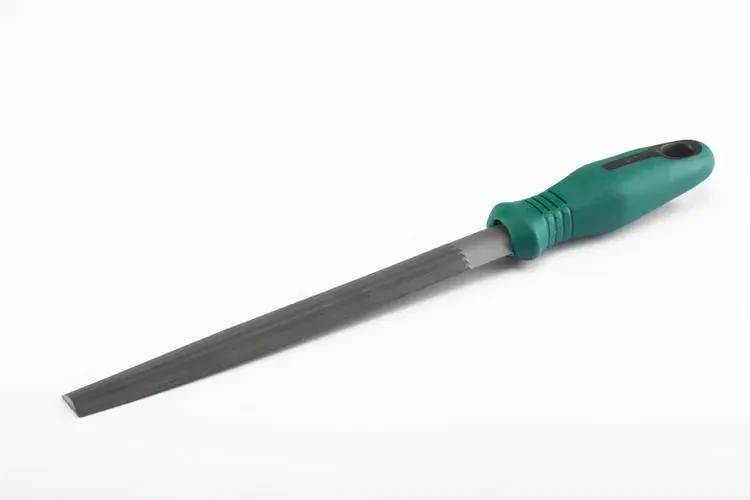treated jute rope
The Versatility and Sustainability of Treated Jute Rope
Jute rope, derived from the fibrous jute plant, has long been celebrated for its strength, durability, and eco-friendliness. As industries increasingly seek sustainable alternatives to synthetic materials, treated jute rope has emerged as a favored choice due to its enhanced properties and versatility. This article delves into the characteristics, treatment processes, and various applications of treated jute rope, emphasizing its significance in today’s eco-conscious world.
Characteristics of Jute Rope
Jute is a natural fiber that boasts remarkable tensile strength, making it ideal for rope production. The ropes are typically brown or beige, giving them a rustic appearance that appeals to both industrial and decorative uses. One of the most significant advantages of jute rope is its biodegradability; unlike synthetic ropes made from nylon or polypropylene, jute rope breaks down naturally over time, thereby reducing environmental impact.
However, untreated jute rope is susceptible to moisture, mold, and degradation from environmental factors. This is where treatment processes come into play, enhancing the rope's durability and expanding its functionality.
Treatment Processes
The treatment of jute rope involves various methods aimed at improving its resistance to water and pests. One common approach is the application of natural oils or waxes, which create a protective barrier on the surface of the rope. These treatments not only repel water but also provide resistance to rot and decay, significantly extending the lifespan of the rope.
Additionally, chemical treatments are sometimes employed to enhance strength and durability. For example, certain salts can be applied to jute fibers to improve their resilience against environmental stresses. However, there is a growing preference for eco-friendly treatments that minimize harmful environmental impacts, aligning with the sustainable ethos of jute as a material.
treated jute rope

Applications of Treated Jute Rope
The applications of treated jute rope are vast and varied, spanning numerous industries. One of the most prominent uses is in agriculture, where jute rope is utilized for binding plants, securing crops, and creating supports for climbing vegetation. Its natural composition ensures that it doesn’t harm the plants while providing the necessary support.
In the construction industry, treated jute rope serves as a reliable material for scaffolding and other temporary structures. Its strength allows it to bear significant loads, while its eco-friendliness appeals to builders looking to reduce their carbon footprint. As more construction companies adopt sustainable practices, the demand for treated jute rope is expected to rise.
Decoratively, jute rope is increasingly popular in home décor projects. From crafting handmade items to enhancing rustic-themed interiors, its aesthetic appeal complements various styles. Treated jute rope can be fashioned into curtains, wall hangings, or even furniture, offering a unique blend of functionality and artistry.
Conclusion
As the world grapples with environmental issues, the demand for sustainable materials continues to grow. Treated jute rope, with its blend of durability, versatility, and eco-friendliness, stands out as a superior alternative to synthetic fiber ropes. Its treatments enhance its properties, making it suitable for a wide array of applications in agriculture, construction, and home décor.
With ongoing advancements in treatment processes and a concerted effort to promote sustainable practices, treated jute rope is poised to play an increasingly significant role in various industries. By embracing this natural and renewable resource, consumers and industries alike can contribute to a more sustainable future, ensuring that the legacy of jute remains vibrant for generations to come. Whether used for practical purposes or artistic creations, treated jute rope embodies the potential of sustainable materials in our modern world.
Share
-
The Best Lubricants for Aluminum Roller GuidesNewsJul.23,2025
-
Slitting Machine Applications in the Packaging IndustryNewsJul.23,2025
-
Rolling Roller Balancing Techniques for Smooth OperationNewsJul.23,2025
-
How To Optimize An EV Battery Assembly LineNewsJul.23,2025
-
Energy Efficiency in Modern Battery Formation EquipmentNewsJul.23,2025
-
Automation Trends in Pouch Cell Assembly EquipmentNewsJul.23,2025







